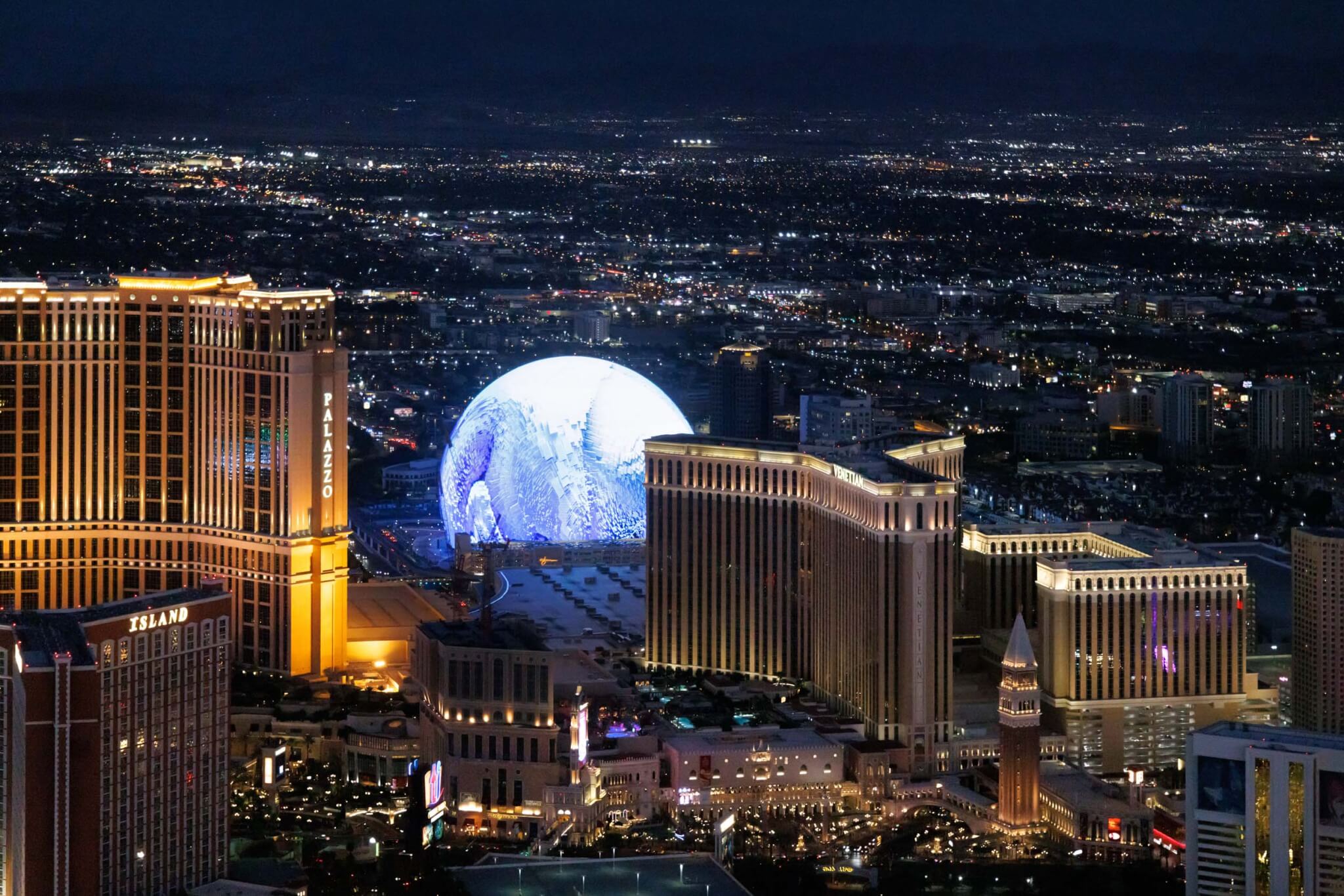An early episode of SpongeBob SquarePants contained a particularly moving scene. Upon seeing Patrick Star approached by the dangerous Man Ray, a villain who had kidnapped Mermaid Man and Barnacle Boy, our hero calls out, “Not so fast, archvillain. We still have the Orb of Confusion!” The Orb of Confusion was a simple blue glass sphere small enough to fit in SpongeBob’s hand, with a single on-and-off switch. When the switch is flicked, a ripple effect visually centered on the object emanates outward. Anyone caught in the wave can do nothing but stand there dumbfounded, slobbering, and babbling nonsense. The device enabled our hero to save the day, but at what cost?
The Orb of Confusion is a touchstone reference for SpongeBob fans. I test the prowess of friends and students by pretending something is the Orb, and if they get the joke, we then babble, slobber, and laugh together. If not, well, they need to work on their cultural literacy. Many objects have played the part of the Orb of Confusion over the years, including a compressed ball of Chipotle burrito foil and a wireless computer mouse. Now, my latest Orb is The Sphere at the Venetian Resort in Las Vegas.

The 18,600-seat auditorium opened on September 29, with an inaugural performance by U2, kicking off its 25-show residency. But to call The Sphere an auditorium is selling it short. The Sphere boasts seats with haptic feedback, pinpoint sound, and, currently, the world’s largest LCD screen. It promises to reach new heights (or depths?) in the immersive theater experience but needs $2.3 billion to do so.
They say The Sphere is one of those things you have to see to believe, and belief will cost you. A casual glance at tickets at the time of this writing suggests average prices are $800 to $1,400 per seat. With over 100 million posts on TikTok within a few days, it is clear that everyone wants to show us just how incredible their experience was. Turns out the interior is essentially an OmniMax theater with a stage at the front. During U2’s show, the backdrop actively upstaged the band itself, morphing from mountains to outer space, oceans, and everything in between. This, like everything in Las Vegas—and perhaps our whole world at less noticeable scales—is designed to be imaged and shared as even more fuel for the hype machine.
The sphere was designed by Populous. Its facade is typically dark, but it can display nearly anything; and the pixels are for sale. The result, a dynamic visual feast of art and advertisements, is a captivating spectacle that completely consumed my attention. It is a dazzling collapse of image and form. The exterior of this thing goes hard.

It’s been more than 50 years since Denise Scott Brown and Robert Venturi imagined the billboard as the essential condition of a contemporary monument. At that time, it was assumed that billboards needed to be flat, economical means of presenting a single image to the passing car. Billboards, just like digital screens, no longer need to be flat; they can now take on multiple shapes, materials, and directions. The billboard can finally be the entire building, a dream initially proposed by Scott Brown and Venturi, collapsing the duck and the decorated shed into a single structure.
The study of Las Vegas as a way to understand architecture’s role within society appears to be in fashion again. Recently, the American Academy in Rome exhibited photographs of the city made by Dutch photographer Iwan Baan paired with contemporary images of Rome, in part to celebrate the 50th anniversary of Learning from Las Vegas. (The show was featured in AN’s October/November issue last year.) Baan’s work captures changes in each city that reveal how public space and architecture are forced to serve a new civic role: as a backdrop to be experienced and shared.

I visited Las Vegas with Baan during The Sphere’s opening days to study how it presents a new piece of the puzzle for understanding the relationship between these two cities. Together, we are working on a forthcoming book to be released next year by Lars Müller Publishers about these photographs. I hope that this study contributes to an understanding of how architecture is evidence of our changing world.
Ryan Scavnicky is an assistant professor of practice at Marywood University School of Architecture. He is the founder of Extra Office.
Iwan Baan is a Dutch photographer known primarily for images that narrate the life and interactions that occur within architecture.











